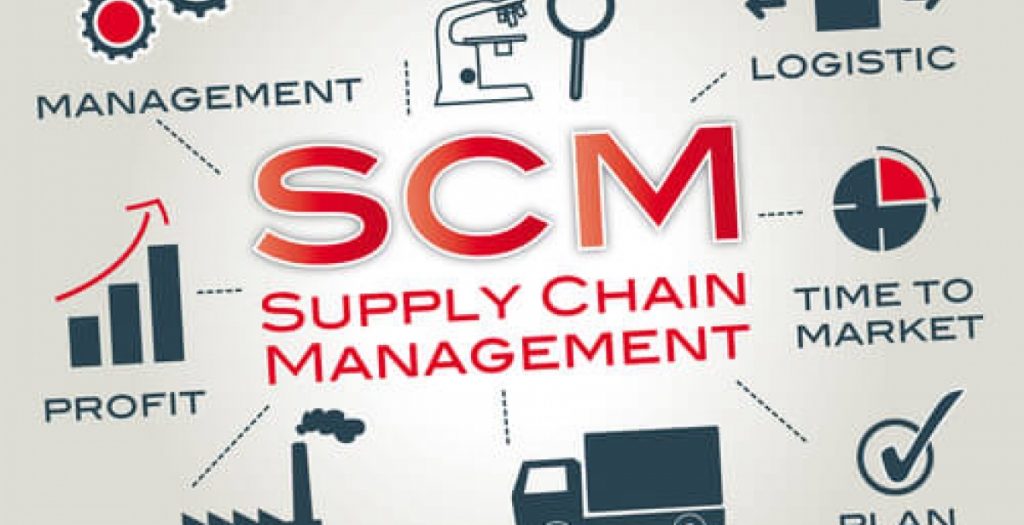
Supply Chain Management is the process in which a company manages the flow of its goods and services from the point of origin to the point of consumption. This process involves movement & storage of raw materials, work-in-process inventory, finished goods, end to end order fulfillment, movement of finished goods from manufacturer to warehouse, and then to the destination of final consumption. While this process sounds easy, it takes a ton of workforce to complete this process, especially for companies with a large number of products/services, multiple vendors, different warehouse locations, different retail stores, etc.
With the rise in the number of every business associate, the management of the supply chain becomes even more difficult. With more discrepancy in supply chain management, companies began looking for solutions. These solutions are now the basis of each stage of the evolution of supply chain management.
The Stages of evolution in Supply Chain Management
There are a total number of 5 stages in the evolution of the supply chain industry. These 5 stages include:
• Stage 1 – The early 1980s
• Stage 2 – Late 1980s
• Stage 3 – The early 1990s
• Stage 4 – Late 1990s
• Stage 5 – The twenty-first century
Check out how you can differentiate between these stages:
Stage 1 – Consolidation
Starting from the early 1980s, businesses focused on products. They focused more on quality and the key performance metrics were – inventory turns and production cost. For the purpose of achieving inventory turns, small companies began merging into larger organizations. This also led to organized planning of the production cost which further resulted in becoming a good solution for most businesses.
Stage 2 – Integration
In the late 1980s, businesses shifted their focus from products to the volume of output. Keeping a close eye on the cost, the key performance metrics for Stage 2 of the supply chain evolution turned out to be production capacity and throughput. Companies that started making profits in the earlier stage now analyzed that just production cost will not help them in making more profits. And for this reason, the rate of production and the volume of production became important. By the end of this stage, companies found their solutions.
Stage 3 – Market Value
Then came the third stage of the supply chain evolution which began in the early 1990s. Organizations in this stage started to focus more on market-driven results. The key factor of this stage of evolution was product availability and the performance metrics were clearly – market share and order fill rate. Now the problem was not about making more products but about delivering them to the markets. So, by the end of this stage, businesses had the solution again and were onto their next stages of growth for even better results.
Stage 4 – Brand Value
During the late 1990s, firms analyzed that customers were the game changers for revenue generation. This is when they shifted their business strategies and made ‘lead time’ the key factor in their goals. With this, the key performance metrics changed from market share and order fill rate to customer satisfaction, value-added, and response time. Companies now had the time to analyze that products that were made with a prime focus on customers were what sold out more. That’s how companies started focusing on products that added value to their companies.
Stage 5 – Automation
The twenty-first century is more driven by knowledge and that is why having more information is preferred to be ideal for a company’s supply chain management. The key performance metrics for the 5th stage of supply chain management is real-time communication and business intelligence. Over the years, with a growth in each segment of the supply chain, employment has also increased. With more people in the circle, communicating every little detail to each person has become a task. The process of storing information also began to get hectic and for all these reasons, automation started out to be the focus for companies to grow.
Today, all the companies using automation throughout their supply chain are the companies that have a bigger scope to grow. With each stage of the evolution, companies found their solutions, and likely, this stage will also be smooth in transition for those who live up to the changing strategies for their business growth – focus on automation. Keeping automation as a solution for real-time communication and business intelligence, your organization will get the chance to rise above and move on to the next big solution of the next stage of the evolution.
Supplymint for Automation – The solution for the 5th stage of Evolution
To address the problem of automation before the next evolution in supply chain management, you can get in touch with Supplymint. We’re helping organizations in making smooth transitions towards automation. This will help your organization in becoming intelligent because you’ll have all the information you need to make the ‘one right decision’ for your organization’s growth and prosperity with the least cost and wastage.
For the latest trends and updates, follow us on Facebook, Twitter, and LinkedIn.